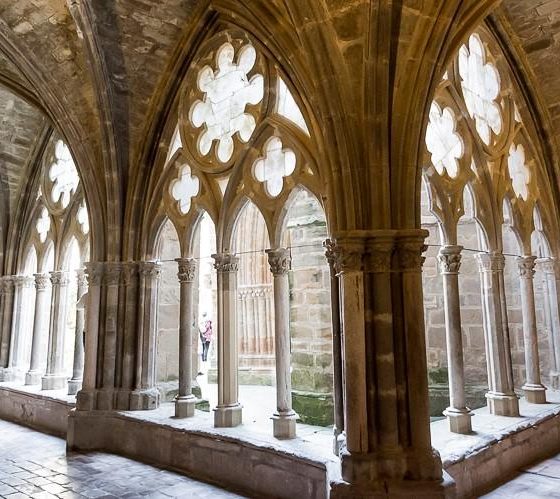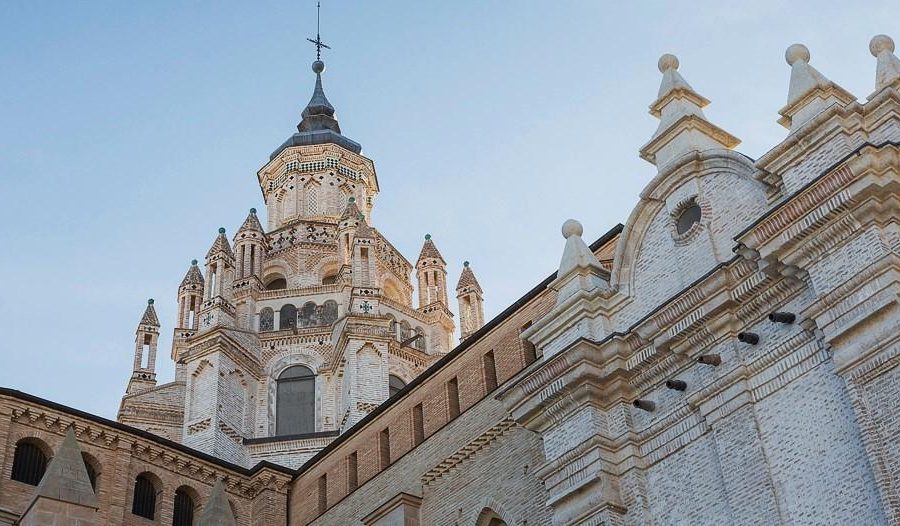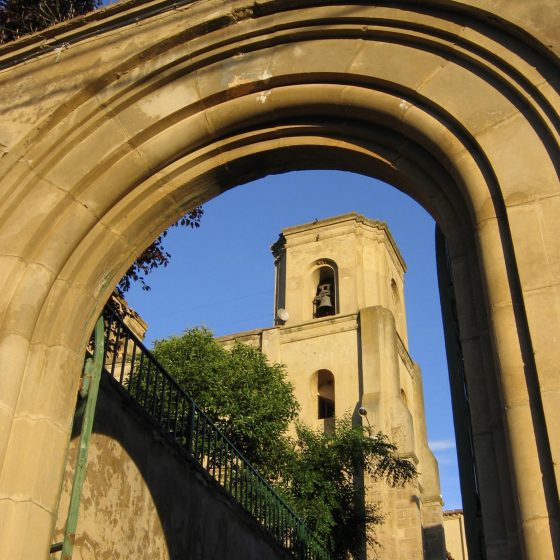THE EXPERIENCE
Discover the natural beauty of the surroundings of Tarazona and the Natural Park of Moncayo.
Be surprised by the beech, oak and birch forests and enjoy the ornithological richness of this landscape.
Tourists, visitors and residents can walk through some of the most valuable areas at a landscape level, guided and directed by the environmental monitor of the City Council of Tarazona, who interprets and teaches the uniqueness of this natural environment aboard an 4×4 vehicle.
An accessible adventure for the whole family.
BOOKING AND CONTACT
OFICINA MUNICIPAL DE TURISMO DE TARAZONA
Pza. San Francisco, 1
50500, Tarazona (Zaragoza)
www.tarazona.es
976 640 074/ 976 199 076
Moncayo Meadow
This 4×4 itinerary, with approximately 3 hours ride, provides the traveler with the incredible experience of getting to know the heart of the Moncayo Natural Park. During the route you can enjoy different landscapes, with splendid views of the Ebro Valley and the summit area of Moncayo. The route runs through beech, birch, oak, oak and pine forests, with several stops so that our guide can tell us the wonders of this special place and on some occasions be able to see griffon vultures, roe deer, foxes, eagles …. that live in these forests.
The Moncayo, magical mountain, is isolated between the Ebro Valley and the Castilian Plateau and that due to its special characteristics of orientation and geological variety gives it special peculiarities, typical of the Eurosiberian world and the warm and dry of the Mediterranean.
The great natural wealth of the Moncayo was already protected at the beginning of the last century. In 1927 it was declared Natural Site of National Interest, being later approved the figure of Natural Park in 1978, since then the area is part of the Natural Park of Moncayo, and of the European lands protected as Natura 2000 Network, having also been declared Special Protection Area for Birds and Site of Community Interest.
.
Ornithological route through the El Val basin (Birdwatching)
This itinerary shows us an area with a high ornithological value, it is protected in Europe as a Special Protection Area for Birds.
It highlights the presence of numerous species of birds, some of them catalogued, such as griffon vulture, Egyptian vulture, eagle owl, eagle owl, rock plane, peregrine falcon, grey heron, purple heron, great egret, great crested grebe, coot, mallard, great cormorant, as well as the unique vegetation associated with these particular environments.
The area is composed of at least four clearly defined environmental units:
Flooded area: this is the Embalse del Val reservoir, despite being an element of anthropic origin it has become an area for the observation of ducks.
Alluvial lands: these are the flat lands located at the bottom of the valley where the rivers Val and Queiles flow; in the past, there were farming lands, today mostly abandoned, and where different species of bushes or trees such as poplars, willows, walnut trees, ash trees, etc., are beginning to colonize.
Mixed pine forests: located on the slopes and plains, these are forest areas of Aleppo pine and a small copse of holm oak, alternating with areas of typically Mediterranean shrubby scrub where we find species such as gorse, rosemary, thyme, everlasting thyme, salvias, roses, lavender, ontinas, jarillas, lastón, female broom, cat’s claw, foxglove, spirea and some specimens of kermes oaks and junipers from natural regeneration in the area.
Conglomerate rock formations: aligned along the left bank of the Val and Queiles rivers, they stand out for their clearly differentiating landscape characteristics. We can find typical species such as the griffon vulture or the rocky plane.
Steppes of Valcardera
Located to the northeast of the urban area of Tarazona, this is one of the most peculiar areas in the municipality of Tarazona. These spaces are characterized by landscapes in mosaics shapes alternating fields of dry crops with natural plant formations.
One of the main values of this kind of landscape is the existence of very particular physical-chemical conditions, related to the presence of gypsum, the high salinity of the soil and a semi-arid climate, which has allowed the presence of characteristic steppe plant communities, in which species such as albada, rockrose, rosemary, herniaria, asnallo, albardín or esparto grass, escobizo, etc.,
It also inhabits a valuable fauna, much of it linked exclusively to this type of steppic habitat, with some catalogued species such as the golden eagle, short-toed eagle, Montagu’s harrier, sandgrouse, ortega, cattle egret, stone martin, stone curlew, cryalo, and there has even been some mention of Dupont’s lark in the vicinity.
Morphologically, the area is characterized by the alternation of hills composed of gypsum, clay, silt and limestone and valley bottoms, the result of water erosion, on where crops are grown and where Quaternary alluvial materials emerge, with the Moncayo massif as a backdrop.
In this environment also highlights the presence of the “Barranco de la Cañada Madre”, which for geomorphological reasons retains its moisture throughout the year, serving as a drinking fountain for many wild species.




